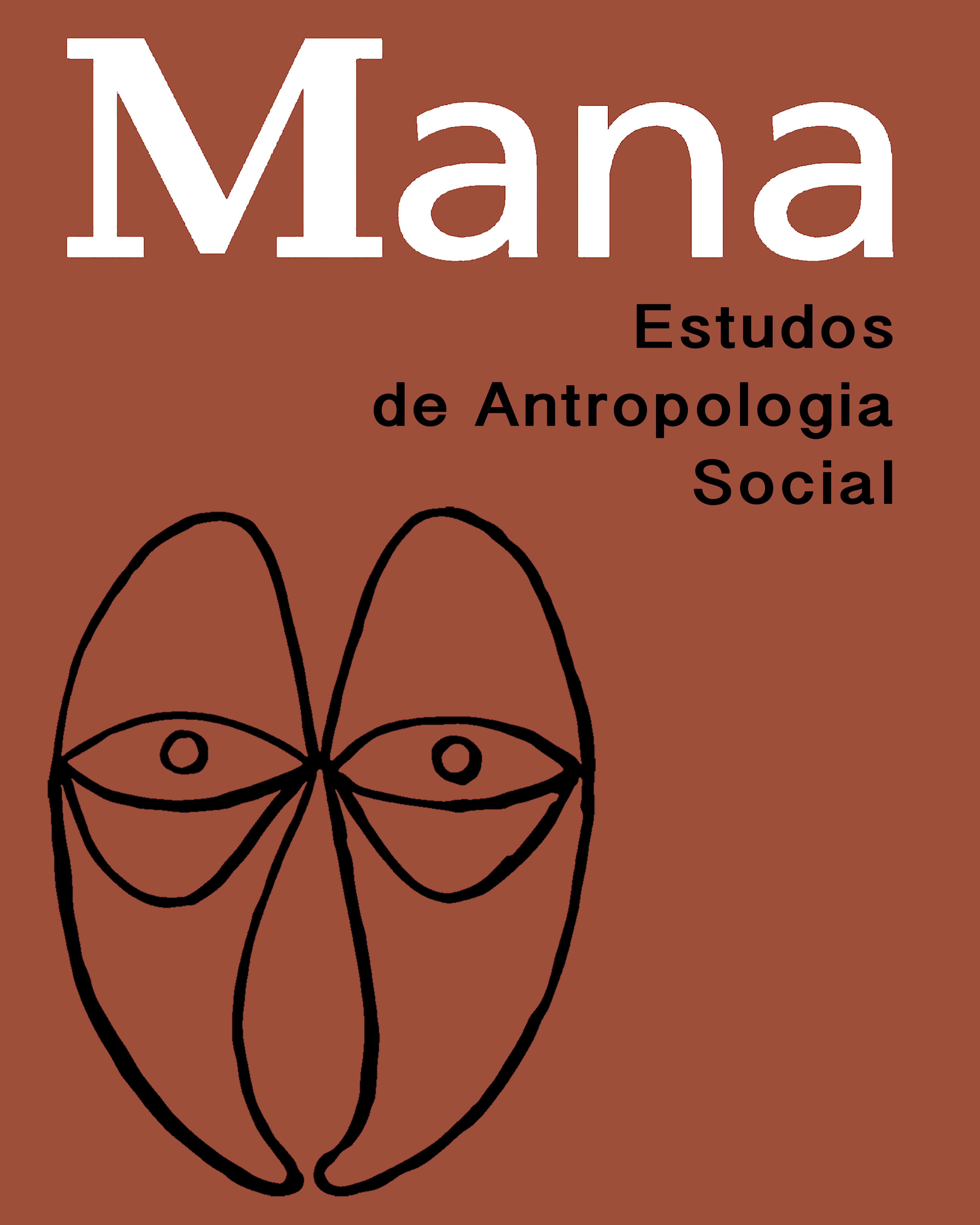Resumo em Português:
Como analisar um antigo grupo, o dos descendentes da nobreza, inventado e reinventado diversas vezes no curso de sua história, suprimido da Constituição e a seguir reabilitado de modo mais ou menos visível, e que, na França, bem como em outros países, não cessa de se desagregar? Como pensar a extrema diversidade e a unidade relativa desse conjunto, das quais é preciso também indagar se são ou não fictícias? Mais, talvez, que os recursos simbólicos comuns, o que contribui para a manutenção de uma forma de coesão é a densidade das relações e das trocas de toda sorte entre eles. Mas essa coesão tende a tornar-se cada vez mais difícil. No atual estado da pesquisa, parece que os descendentes da nobreza não podem ser analisados como um corpo nem como um grupo relativo ainda que essas interpretações mereçam atenção , e sim como um espaço, sob condição de que se examine a dinâmica e os processos que o atravessam.
Resumo em Inglês:
How should one analyze the descendants of the nobility in France? This ancient group has been invented and re-invented many times along its history. The Constitution suppressed it, then later on it was quite visibly rehabilitated, and it is always becoming disaggregated, in France as well as in other countries. How should one approach both this group's extreme diversity and its relative unity, which also have to be questioned as to their fictitiousness? Maybe the dense relationships and exchanges of all sorts between the descendants of the nobility contribute to the maintenance of some form of cohesion more than the symbolic resources they have in common. But this cohesion is becoming ever more difficult. At the present moment of the research, it seems that the descendants of the nobility cannot be analyzed neither as a body nor as a relative group even though these interpretations deserve attention but rather as a space, as long as the dynamism and the processes that crosscut it are analyzed as well.
